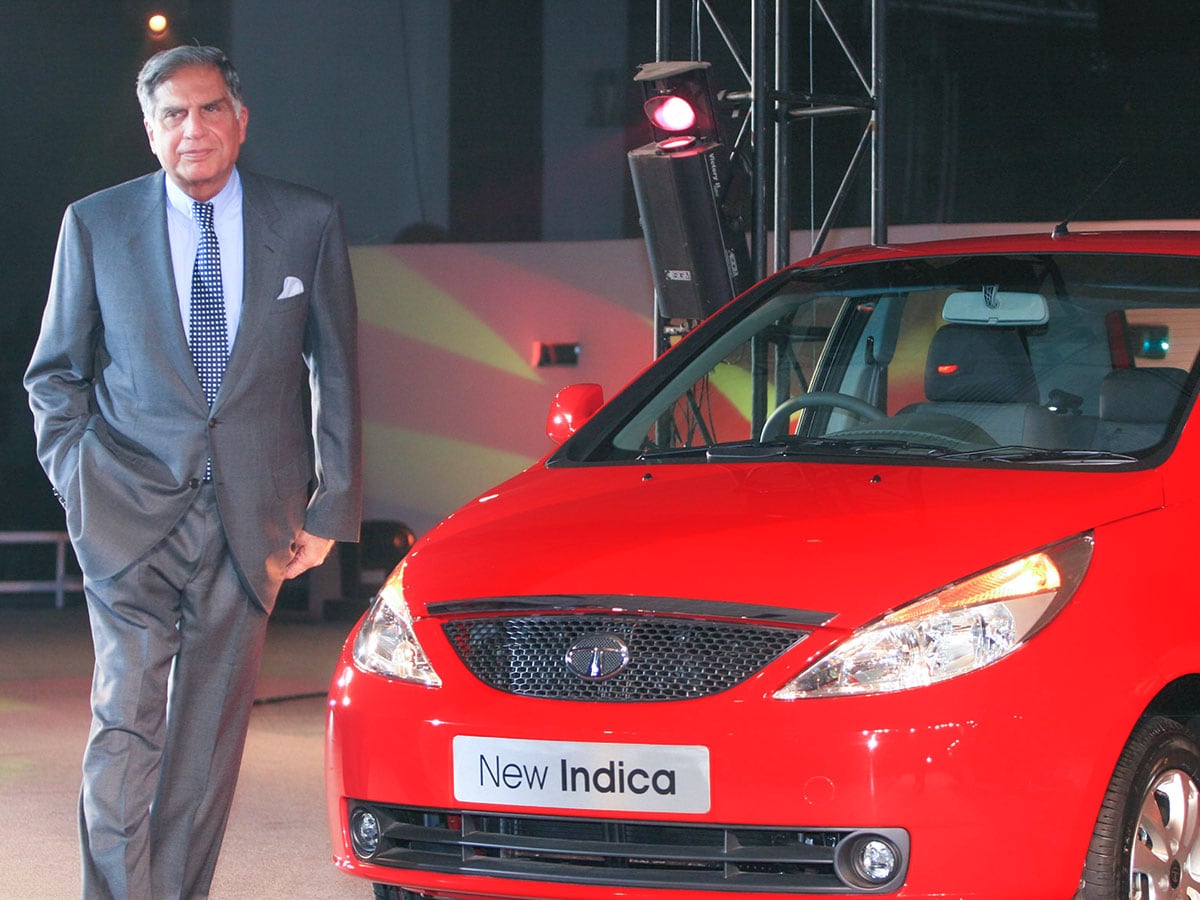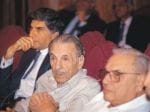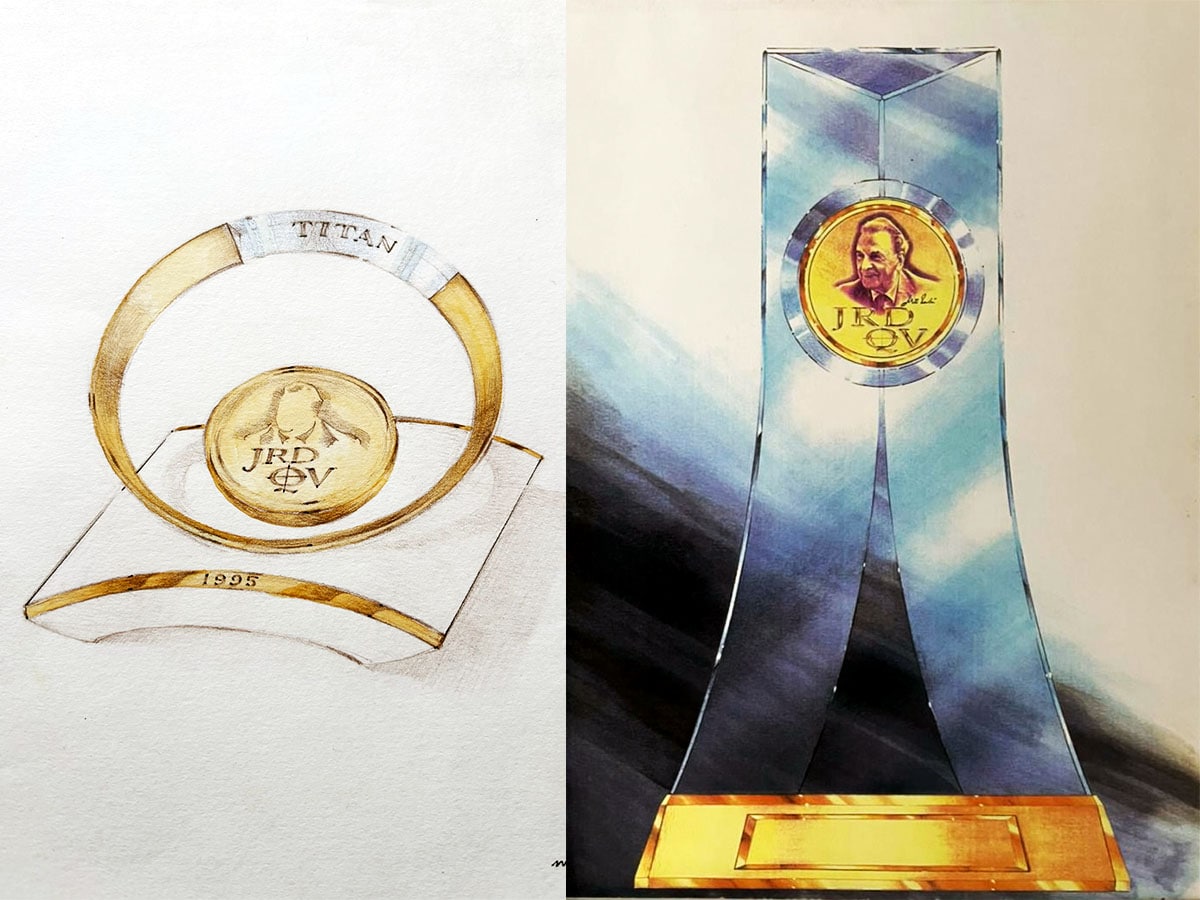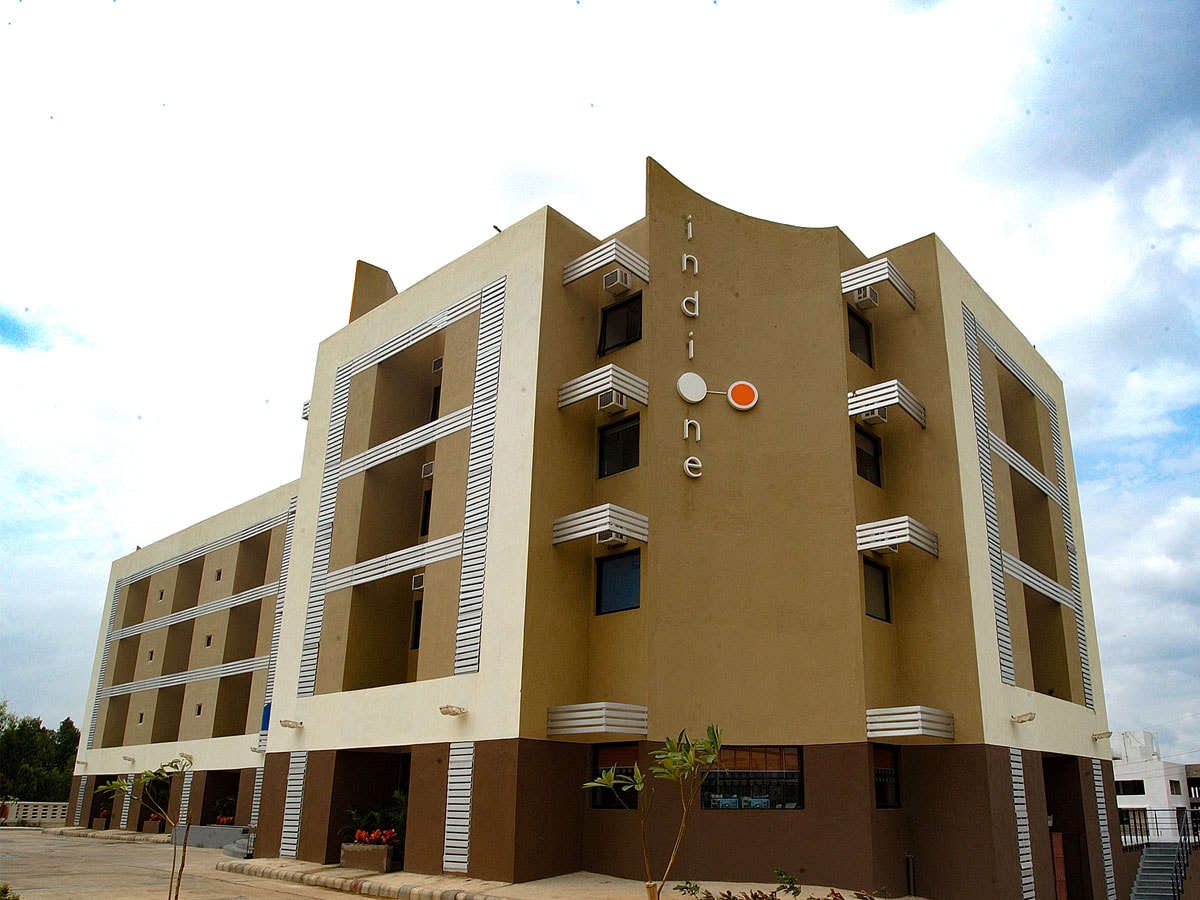Ratan Tata: A believer in the power of design
Four design stalwarts, who crossed paths with Ratan Naval Tata at some point in their careers, reminisce how the Cornell-educated architect who was at the helm of Tata Group was detail-oriented, and embedded design into the DNA of the group
 (File) Tata Company Chairman Ratan Tata during the launch of New Indica at the 9th Auto Expo in New Delhi, on Wednesday. JANUARY 9, 2008(Photo by Sonu Mehta/Hindustan Times via Getty images)
(File) Tata Company Chairman Ratan Tata during the launch of New Indica at the 9th Auto Expo in New Delhi, on Wednesday. JANUARY 9, 2008(Photo by Sonu Mehta/Hindustan Times via Getty images)
‘His Approach Was Unassuming and Disarming’
By Jayant Sankrityayana
It is difficult to recollect dates and times with any degree of precision regarding Tata’s involvement with design at Tata Motors from 1991 to 2012. I had several meetings with him through this period, so it would be best to write down, in general terms and in no particular order, my impressions of him as a leader and a design guide.
I first met him back in 1991. I was fresh out of the National Institute of Design, making a design presentation to him with a degree of terror and trepidation. Back then, he would review the work of our small team often and without any intermediate filtering. He always had constructive and detailed feedback to offer, with his deep interest in automobiles and a clear awareness of what was state-of-the-art then in global personal mobility. At that time, India was just entering liberalisation and the number of car models on sale in this country was only a small handful, which meant that us designers were on a steep, if fun, learning curve in any case.
Over those early years, we interacted over our design projects. He was always unambiguous and completely honest about his viewpoints. If something was not working for him, he would speak his mind. But if he found something to appreciate, he would ensure he voiced it even for the most junior person in the room. This was the time before he really became a celebrated household name, and the larger-than-life aura lay many years in the future. It was easy to speak with him, even argue with him, and his approach was unassuming, unostentatious and actually quite disarming.





















